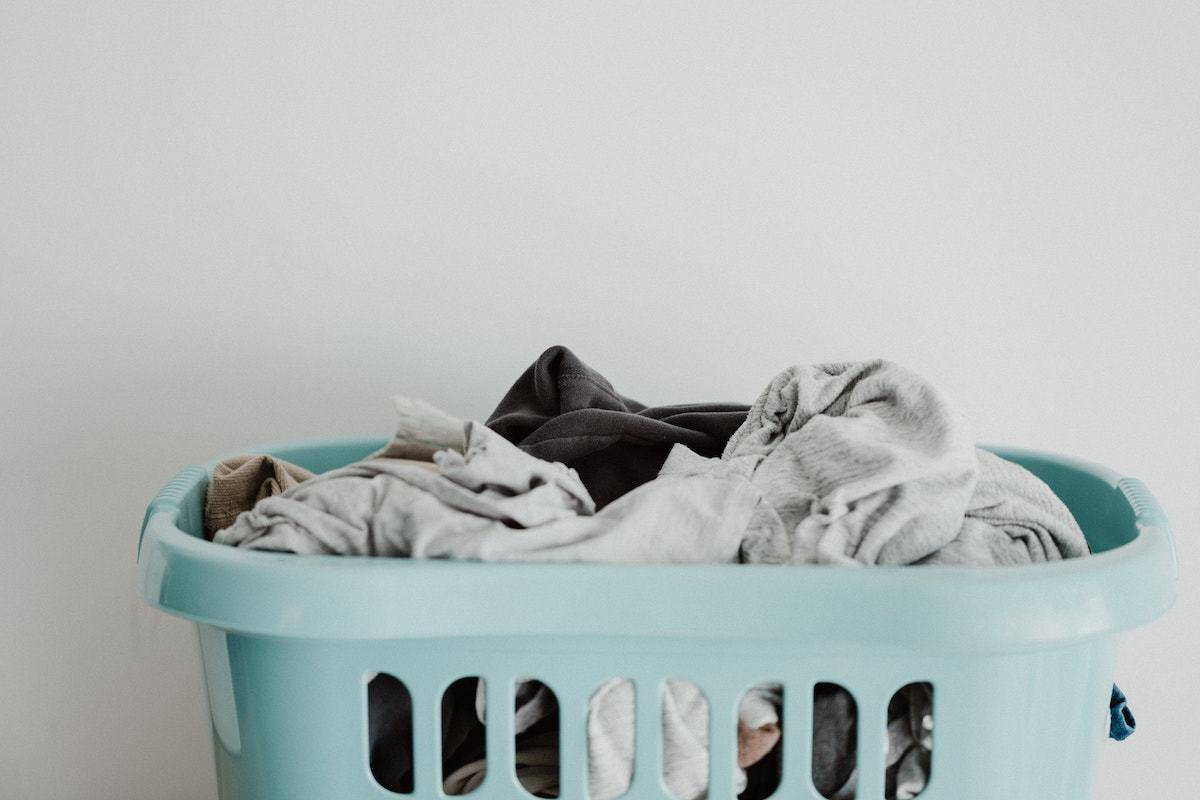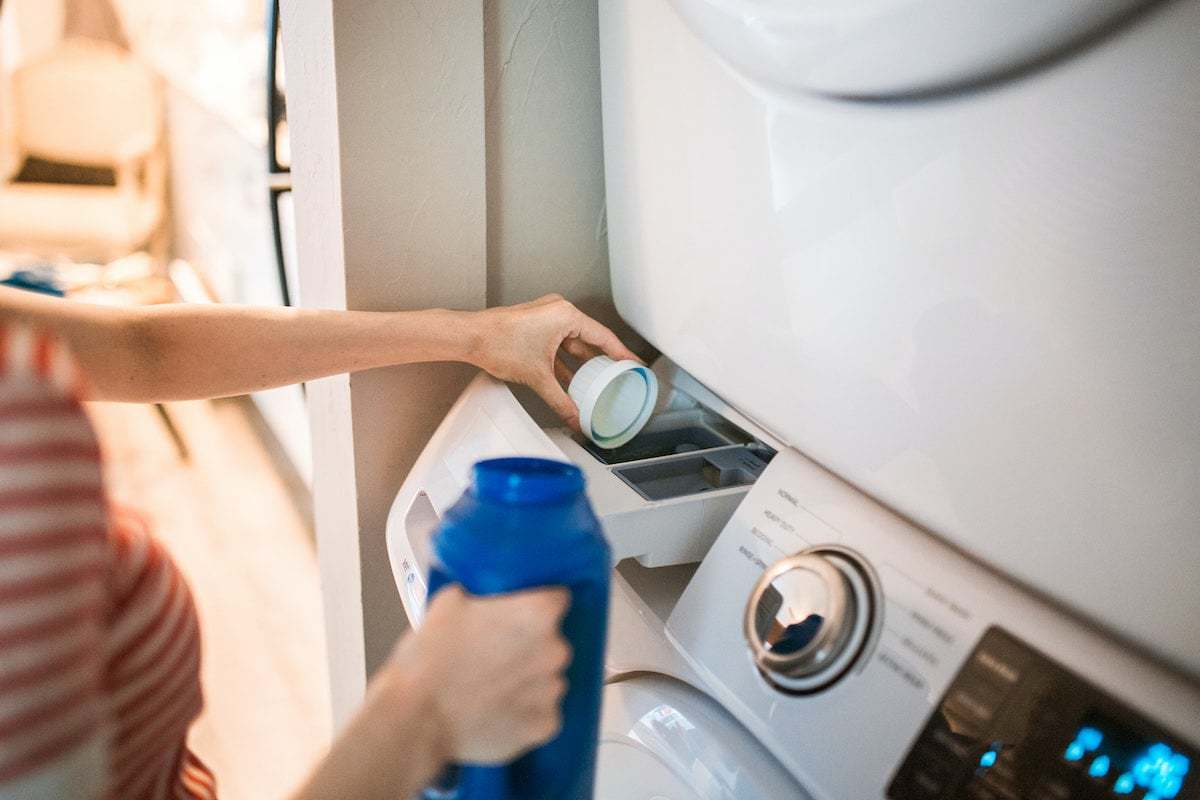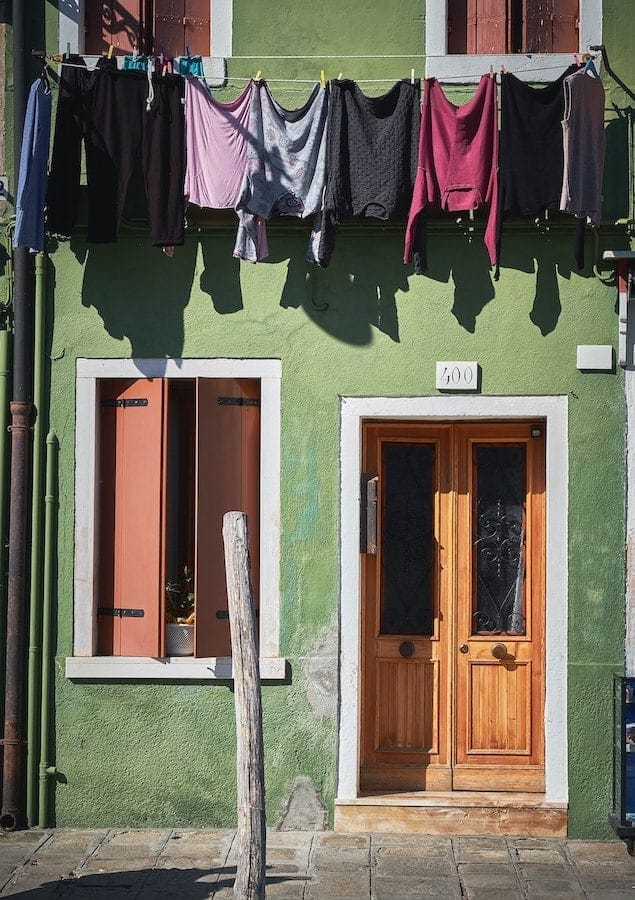The Plastic Elephant In Your Laundry Room

For many of us, laundry is one of those household chores that simply needs to be done. It’s a mundane and unglamorous routine that most of us complete multiple times a week.
One can be forgiven if spending a significant amount of time pondering our laundry routine’s environmental impact doesn’t rise to the top of the immediate concern list. But, there is a giant plastic elephant in your laundry room that greatly contributes to your household’s annual volume of plastic waste – your laundry detergent.
The Problem With Liquid Detergent
Liquid laundry detergent has long flown under the radar for most people, but as awareness of plastic waste grows, these large plastic laundry jugs are receiving some long-overdue scrutiny. In the United States alone, 35 billion loads of laundry are washed a year – with the average household doing about 7.4 loads of laundry per week.
This is where the plastic jug of laundry detergent begins to come into focus. Through our regular laundry routine, 1 billion plastic jugs of laundry detergent are consumed and thrown away each year in the United States.
1 billion plastic jugs of laundry detergent are used and thrown away each year in the United States.

The majority of these jugs, which are made from high-density polyethylene (HDPI), the same material milk jugs are made from, end up directly in landfills. The EPA estimates that only 30% of these single-use plastic containers ever end up being recycled, and this makes sense as most households only keep a recycling container in the kitchen so waste from the laundry room tends to end up directly in the rubbish.
Powdered Detergent & Plastics
While plastic laundry detergent jugs are the villain of this narrative, powdered laundry detergent must not be overlooked either.
Powdered laundry detergent often comes in plastic containers itself, but more often arrives inconspicuously in cardboard boxes that are lined with plastic and have plastic components such as handles, pourers, and plastic scoops. As a result, powdered laundry detergent also ends up adding to the volume of plastic waste.
The Chemical Concern With Laundry Detergent
In the last century as households did more and more loads of laundry our detergents began to have questionable ingredients added to them with the allure of brightness, color-stay, softening, and more being marketed to consumers. However, many of these unnecessary chemicals that have been added to laundry detergents are actually toxic.
These dyes, bleaches, synthetic surfactants, phosphates, and perfumes have been linked to a host of unwanted and adverse effects on the body, ranging from skin irritation, respiratory issues, reproductive challenges, cancers, and more. These unnecessary and harmful chemicals unwittingly end up draped across our bodies throughout the day.
The Carbon Footprint Of Laundry Detergent
The plastic elephant in your laundry room is arguably the most appropriate way to classify these large jugs of laundry detergent – they are indeed very heavy. This weight, largely made up of water weight, is more than just an inconvenience transporting from the store to your home, it drastically increases the carbon footprint of laundry detergent.
Shipping these heavy detergents and cleaning products around the country has a significant carbon impact as greater weight translates to greater emissions produced during transport. Plastic elephants indeed.
Zero-Waste Laundry Detergent Alternatives

There is good news though, greener solutions to washing your clothes have arrived with new eco-friendly detergents becoming far more accessible. By rethinking how consumers do their laundry a number of innovations have been made to eliminate plastic waste, eliminate harmful and unnecessary chemicals, and reduce our carbon footprint.
Brands like Tru Earth with their lightweight Eco-Strips laundry detergent or Dropps with their convenient detergent pods are leading the way with eco-friendly and plastic-free alternatives. With households on average washing over seven loads of laundry a week, addressing our detergent and its plastic packaging is a great way to promote sustainable living.
A Few More Tips

Do you want to reduce your environmental footprint further? Here’s a few tips for zero waste laundry:
- You can reduce your impact by 90% by washing your clothes with cold water instead of hot. It will also save you about $40 a year!
- Whenever possible, skip the dryer and air or hang dry your clothes instead. The average family will save 700 pounds of CO2 emissions per year by doing so.
- Did you know? Synthetic fabrics, such as nylon and polyester, shed microplastics when you wash your clothes. Use a GUPPYFRIEND washing bag to capture microplastics during the wash and keep them out of our waterways.
Sources
This is a guest post written by Henry Palmer, founder of Lochtree.
Author Bio: Henry Palmer is the Founder/CEO of Lochtree, a marketplace for eco-friendly and sustainable products. His passion for the outdoors, nature, and the environment led Henry to dedicate himself to focussing on ways to promote sustainable living and create greater access to sustainable solutions.
Eco-Stylist is reader-supported. If you make a purchase using our links, we may earn a commission. We only feature fashion brands that pass our sustainable brand criteria. Learn more here.










